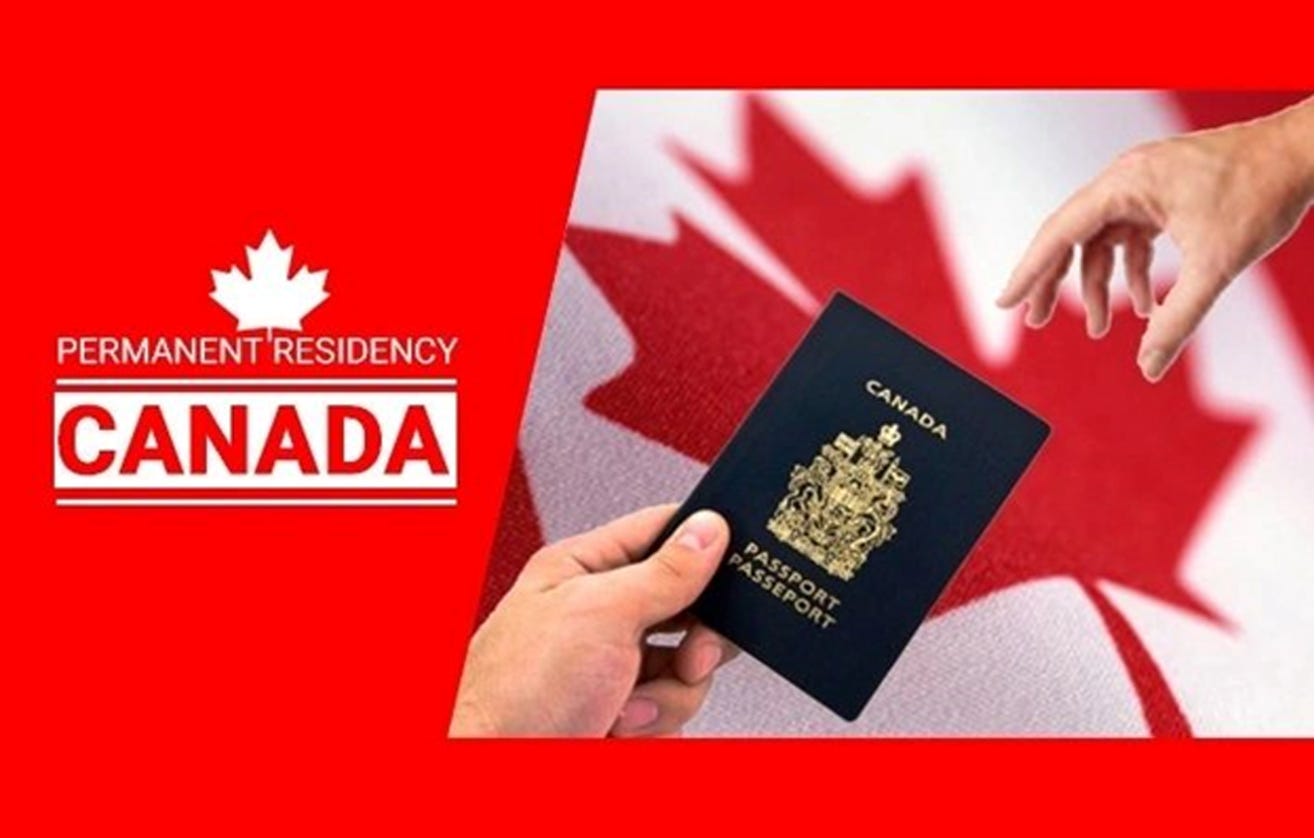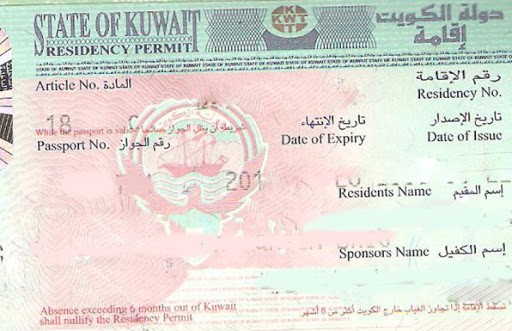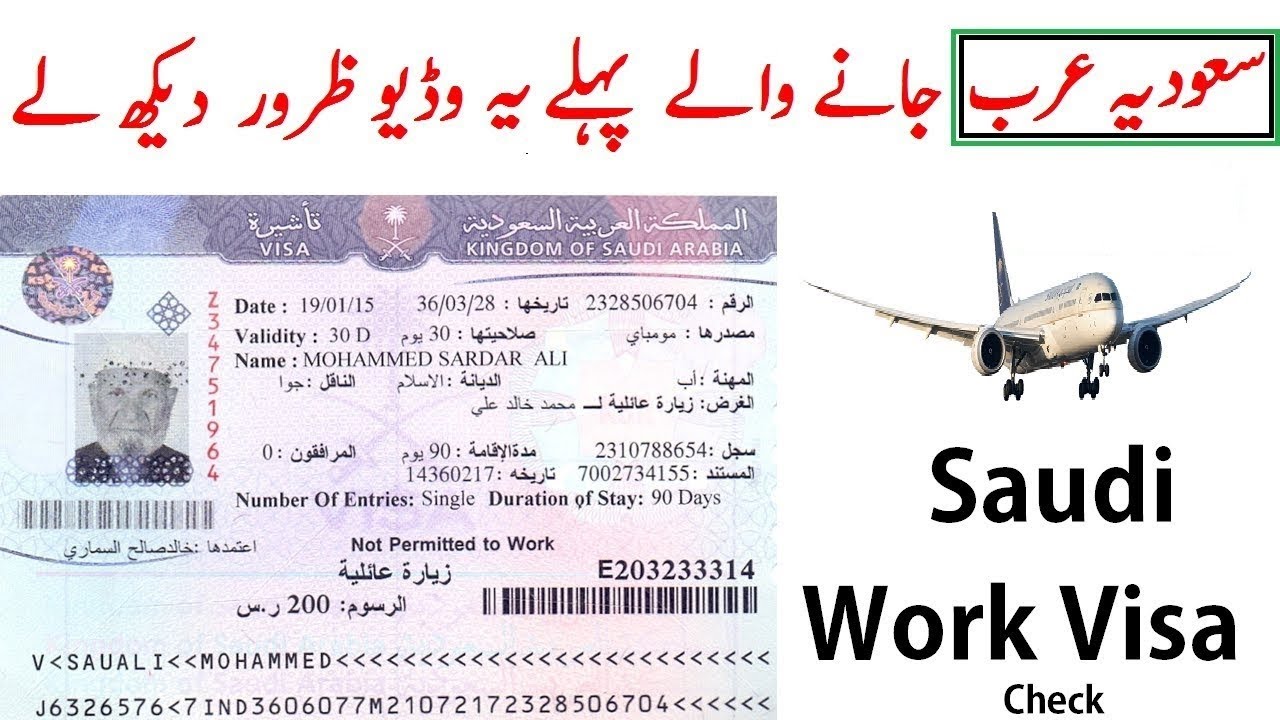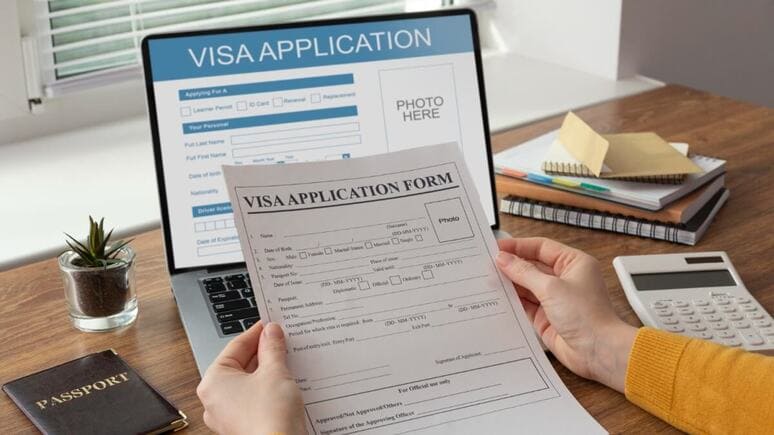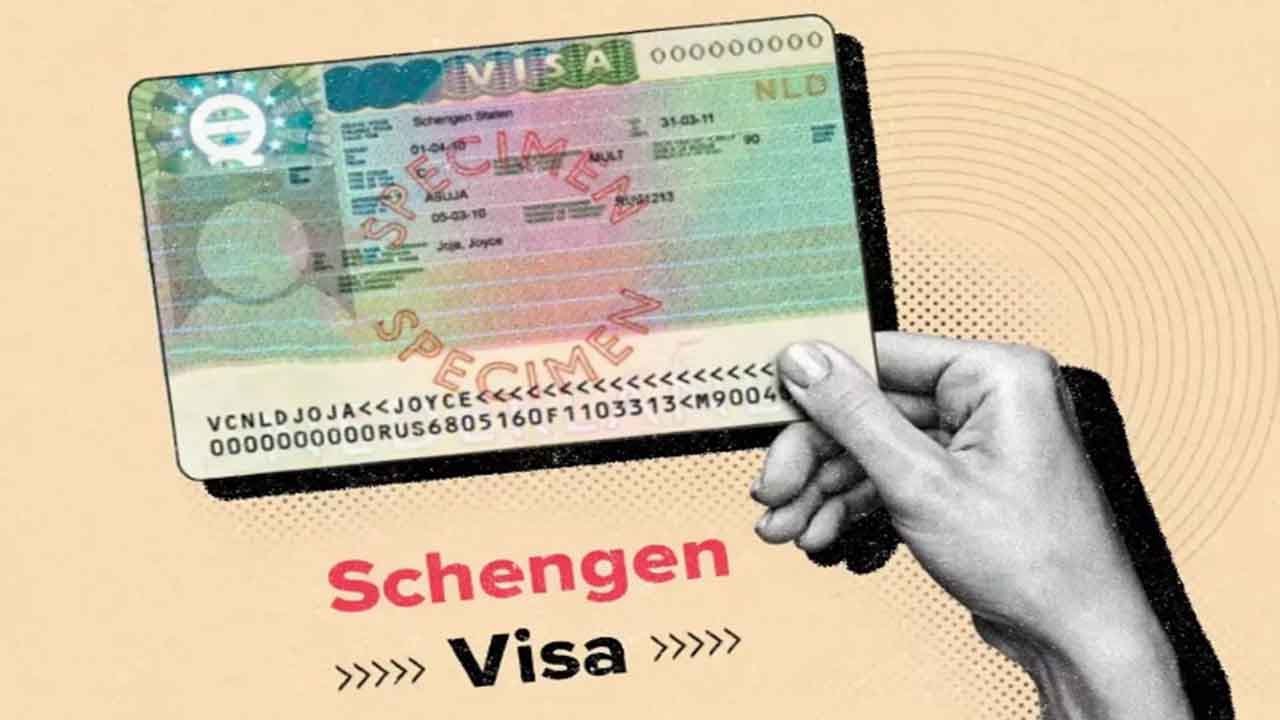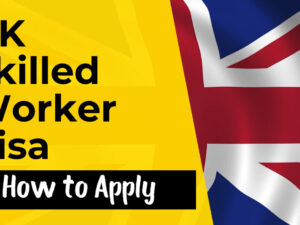Canada’s magnetic pull is stronger than ever in 2025—its vast landscapes, thriving economy, and promise of a better life attract over 400,000 newcomers annually, from bustling Toronto to serene Nova Scotia shores. As of March 19, 2025, permanent residency (PR) stands as the ultimate prize for those seeking to plant roots in this diverse nation, offering a blend of freedom, security, and opportunity that temporary visas can’t match. Imagine living anywhere in Canada—say, sipping coffee in Vancouver or skiing in Alberta—without the looming threat of visa expiry, all while enjoying healthcare, education, and a clear shot at citizenship.
Yet, the road to PR isn’t without twists. Under Prime Minister Mark Carney and new Immigration Minister Rachel Bendayan, sworn in just days ago, Canada’s immigration landscape is shifting. The 2025–2027 Immigration Levels Plan slashes PR targets to 395,000 this year, down from 485,000 in 2024, responding to housing shortages and a Leger poll showing 58% of Canadians feel immigration is “too high.” Despite this, pathways like Express Entry, Provincial Nominee Programs (PNP), and innovative pilots keep hope alive. This article dives deep into what permanent residency in Canada means, how to achieve it, its perks, pitfalls, and pro tips to succeed in 2025. Whether you’re a skilled worker, student, or family dreamer, let’s unpack your journey to a Canadian life.
What is Permanent Residency in Canada?
Permanent residency in Canada is a legal status granting you the right to live, work, and study anywhere in the country indefinitely—think of it as a near-citizen experience without the passport. Issued by Immigration, Refugees and Citizenship Canada (IRCC), PR comes with a Permanent Resident Card, valid for five years and renewable as long as you meet residency rules (living in Canada for at least two years out of every five). Unlike temporary residents—students or workers tied to permits—PR holders aren’t bound by job-specific conditions or expiration dates.
What sets PR apart? It’s a step below citizenship but miles above temporary status. You can’t vote or run for office, but you gain access to universal healthcare, domestic tuition rates, and social benefits. In 2025, with temporary resident caps tightening (e.g., study permit limits introduced by ex-Minister Marc Miller), PR offers unmatched stability. For example, a PR holder can move from a tech job in Ontario to a farm gig in Manitoba without visa hassles—an autonomy temporary workers envy.
Why Pursue Permanent Residency in 2025?
The stakes are high in 2025—Canada’s balancing economic needs with public pressures. Here’s why PR is worth chasing now:
- Long-Term Security: No more visa renewals or deportation risks—stay as long as you comply.
- Work Flexibility: Take any job, anywhere—no Labour Market Impact Assessment (LMIA) tying you to one employer.
- Healthcare Access: Free medical care—e.g., a $2,000 surgery in BC costs zero with PR, a lifesaver for families.
- Education Savings: Pay domestic tuition—$7,000/year at the University of Toronto vs. $40,000 for international students.
- Citizenship Pathway: Live here three years (1,095 days) within five, and apply to join Canada’s 40 million citizens.
- Family Reunification: Sponsor relatives—bring your spouse, kids, or parents later under updated rules (e.g., Super Visa insurance tweaks from March 8).
- Resilience: Amid 2025’s tightened borders, PR shields you from policy swings—like Carney’s “sustainable” immigration cap.
Consider Priya, a hypothetical Indian IT specialist. With PR via Express Entry, she swaps a $60,000/year Toronto job for a $75,000 gig in Calgary, enrolls her son in public school, and plans citizenship by 2028. PR isn’t just status—it’s freedom.
Pathways to Permanent Residency in Canada
Canada offers a buffet of PR routes, each tailored to unique profiles. Here’s a detailed look at the top pathways in 2025:
1. Express Entry
- What: A points-driven system for skilled workers—Federal Skilled Worker (FSW), Canadian Experience Class (CEC), and Federal Skilled Trades (FST).
- How: Build an online profile with age (max 110 points), education (up to 150), work experience (80), and language skills (136)—scored via the Comprehensive Ranking System (CRS). Invitations to Apply (ITAs) go to top scorers—e.g., 536 PNP candidates at 736 CRS on March 18.
- Eligibility: CRS of 400+ (ideal 500+ with PNP), job offer (50–200 points), or Canadian experience.
- Timeline: 6–12 months post-ITA.
- Best For: Young professionals like Ahmed, an Indian coder with CEC points from a Vancouver job.
2. Provincial Nominee Program (PNP)
- What: Provinces nominate candidates meeting local needs—e.g., nurses in Saskatchewan, techies in Ontario.
- How: Apply directly (paper-based, slower) or via Express Entry (enhanced, 600 CRS boost). Each province sets rules—Alberta may demand a job offer, while New Brunswick prioritizes ties.
- Eligibility: Skills or jobs matching provincial lists—e.g., Manitoba’s manufacturing boom.
- Timeline: 12–18 months—faster with Express Entry.
- Best For: Workers like John, a Nigerian mechanic nominated by Winkler, MB, for its labor shortage.
3. Home Care Worker Pilot (HCWP)
- What: Launched March 31, 2025, targets 2,750 caregivers (150 out-of-status) for PR—addresses Canada’s aging population.
- How: One year full-time care work in Canada, CLB 4 language (IELTS 4.5), job offer from a licensed employer.
- Eligibility: In-Canada or overseas caregivers—regularizes undocumented workers too.
- Timeline: 1–2 years after work requirement.
- Best For: Nurses like Maria, a Filipino aide in Alberta, building a stable future.
4. Agri-Food Immigration Pilot
- What: PR for non-seasonal agri-food workers—meat processors, greenhouse operators.
- How: One year experience, job offer, CLB 4—focuses on rural roles.
- Eligibility: Workers in NOC codes like 8431 (farm labor)—no degree needed.
- Timeline: 2–3 years total.
- Best For: Farmhands like Juan, a Mexican worker in BC’s Okanagan Valley.
5. Family Sponsorship
- What: PR for spouses, kids, parents, or grandparents of PRs/citizens.
- How: Sponsor proves income—e.g., $40,000/year for a couple (2025 Minimum Necessary Income). Super Visa now accepts foreign insurance (March 8 tweak).
- Eligibility: Close family ties, financial support pledge (3–20 years).
- Timeline: 12–24 months—10,000 PGP spots in 2025.
- Best For: Reuniting families—e.g., a Toronto PR sponsoring her Indian mom.
6. Rural and Northern Immigration Pilot (RNIP)
- What: PR for workers in 11 small towns—e.g., Parry Sound, ON, or Altona, MB.
- How: Job offer from a designated employer, one year experience, CLB 5 (IELTS 5.0).
- Eligibility: Rural intent—housing pressures push this pilot.
- Timeline: 1–2 years.
- Best For: Settlers like Lila, a teacher in Nelson, BC, craving small-town life.
7. Business Immigration
- What: PR for entrepreneurs—Start-Up Visa, Self-Employed, or provincial streams.
- How: Invest ($200,000+ for Start-Up), create jobs, or prove cultural impact (e.g., artists, athletes).
- Eligibility: Net worth ($300,000–$1.6M), business plan.
- Timeline: 2–3 years—complex but rewarding.
- Best For: Founders like a German techie launching an AI firm in Vancouver.
Eligibility: Who Can Apply?
General PR requirements include:
- Language: CLB 5–7 (IELTS 6.0+ or TEF equivalent)—higher (CLB 9) for Express Entry competitiveness.
- Education: Recognized credentials—WES assessment (wes.org/ca) adds points (e.g., 120 for a bachelor’s).
- Work Experience: One year skilled work (NOC TEER 0, 1, 2, 3)—e.g., nurses, coders.
- Funds: Settlement cash—$13,757 CAD for one, $20,000 for three (2025).
- Admissibility: Clean criminal record, medical exam ($200–$300).
Path-specific needs—like PNP job offers or HCWP experience—layer on top. In 2025, in-Canada work (e.g., via Post-Graduation Work Permits) is gold amid tightened newcomer quotas.
The PR Application Process: Step-by-Step
- Pick Your Path: Match your profile—Express Entry for speed, RNIP for rural appeal.
- Prep Docs: Passport, language tests, degrees, work references, police checks—translate non-English/French docs (e.g., via ATIO).
- Submit: Online (Express Entry) or paper (PNP)—fees: $1,365 CAD/adult ($550 processing, $815 Right of PR).
- Processing: Biometrics ($85), possible interviews—6–18 months depending on stream.
- Approval: Land as a PR—get your card, settle anywhere from Canmore to Charlottetown.
Costs and Timelines
- Costs:
- Application: $1,365/adult, $225/child.
- Extras: Language ($300), WES ($200–$300), medicals ($200), travel ($1,000+).
- Total: $2,000–$5,000/person.
- Timelines:
- Express Entry: 6–12 months.
- PNP/Family: 12–24 months.
- Pilots: 1–3 years.
- 2025 Trend: Rural PRs (RNIP) may outpace urban approvals as housing focus shifts.
Benefits of Permanent Residency
- Job Freedom: Switch careers—e.g., from Alberta oil to BC tourism—without visa ties.
- Security: Stay indefinitely—two years in five keeps PR alive.
- Services: Healthcare (e.g., $5,000/year value), domestic tuition, EI benefits.
- Citizenship: Three years to a passport—travel visa-free to 180+ countries.
Challenges and Tips
- Competition: CRS cutoffs climb—736 on March 18. Boost with PNP (600 points) or LMIA (50–200).
- Costs: $5,000/family—save or use loans like Windmill (windmillmicrolending.org).
- Delays: Backlogs linger—apply by June for 2025 landing.
- Policy Shifts: Carney’s caps favor in-Canada experience—get a PGWP or temp job first.
- Tips: Hire RCICs (college-ic.ca), track IRCC (ircc.gc.ca), practice language early.
-
What is Canada Permanent Residency, and who can apply?
Canada Permanent Residency (PR) grants non-citizens the right to live, work, and study in Canada indefinitely, with access to healthcare and social benefits. Indian citizens and others with skills, work experience, or family ties in Canada can apply through programs like Express Entry, Provincial Nominee Program (PNP), or Family Sponsorship. You need a valid passport and must meet eligibility criteria. -
How much does a Canada PR visa cost in 2025?
The cost for Express Entry (main applicant) is approximately CAD 1,365 (INR 83,000 or USD 1,000), including the application fee (CAD 850) and Right of Permanent Residence Fee (CAD 515). Additional costs include language tests (CAD 300), Educational Credential Assessment (ECA, CAD 200–300), medical exams (CAD 100–200), and police clearance (CAD 50–100). Fees vary for PNPs or family sponsorship. -
How do I apply for Canada Permanent Residency?
Apply through Immigration, Refugees and Citizenship Canada (IRCC). For Express Entry: create an online profile, submit language test results (e.g., IELTS), ECA, and work experience details. If invited, complete the application with documents (passport, medicals, police clearance) and pay fees. Processing takes 6–12 months. Check eligibility on canada.ca for other streams like PNP or sponsorship. -
Can I apply for PR without a job offer?
Yes, Express Entry’s Federal Skilled Worker Program doesn’t require a job offer, though it boosts your score. You need at least 1 year of skilled work experience, a CLB 7 language score, and a high Comprehensive Ranking System (CRS) score (typically 470+). PNPs may require job offers for certain streams, so research provincial requirements. -
What documents do I need for Canada PR?
You’ll need: a passport (valid for 6+ months), language test results (IELTS or CELPIP), ECA for foreign degrees, proof of work experience (reference letters), police clearance certificates, medical exam reports, proof of funds (e.g., CAD 13,757 for a single applicant), and recent photos. Additional documents may apply for PNPs or sponsorship. -
How long can I stay in Canada with PR status?
PR status is indefinite, but you must spend at least 730 days (2 years) in Canada every 5 years to maintain it. If you leave Canada for extended periods, you risk losing PR status. After 3 years as a PR, you can apply for citizenship, provided you meet residency and other requirements. -
Can I include my family in my PR application?
Yes, you can include your spouse, common-law partner, and dependent children under 22 in your application. Each family member needs medical exams, police clearance, and biometrics. Additional fees apply (CAD 850 per adult, CAD 230 per child). Family members must meet admissibility criteria. -
What happens if my PR application is rejected?
Rejections occur due to incomplete documents, low CRS scores, or inadmissibility (e.g., medical or criminal issues). IRCC will provide a reason via email. You can reapply after addressing issues, improve your CRS score (e.g., retake IELTS), or explore PNPs. Refunds are limited to specific fees, so double-check your application. -
Can I work anywhere in Canada with PR status?
Yes, PR holders can work for any employer in any province or territory, except in roles requiring high-level security clearance (e.g., certain government jobs). You’re free to pursue any career, start a business, or study without needing a separate permit, unlike temporary visa holders. -
Why choose Canada for Permanent Residency?
Canada offers a high quality of life, free healthcare, top-tier education, and a welcoming multicultural society. PR holders enjoy nearly all citizen rights, including pathways to citizenship. With booming industries like tech and healthcare, it’s a dream destination for professionals. Start your Canadian journey today!
Conclusion
Permanent residency in Canada in 2025 is your gateway to a life of freedom and possibility. From Express Entry’s fast track to HCWP’s care focus, each path offers a shot at joining Canada’s vibrant tapestry. It’s a marathon—competitive, costly, complex—but the finish line delivers unmatched rewards. Start today: pick your route, gather your docs, and step into a future where Canada isn’t just a destination, but home.
Got questions about Canada PR? Share them in the comments, and let’s help you build your future in the Great White North!
